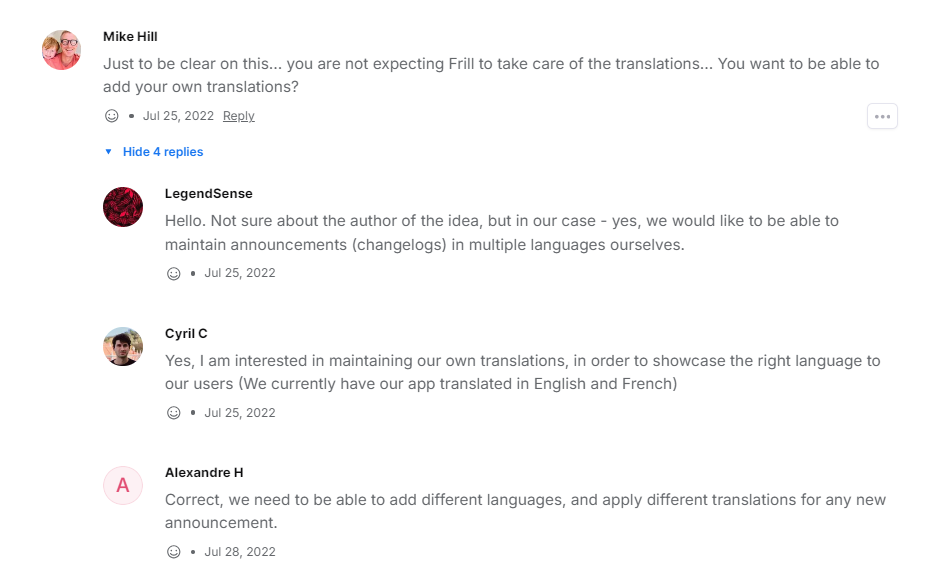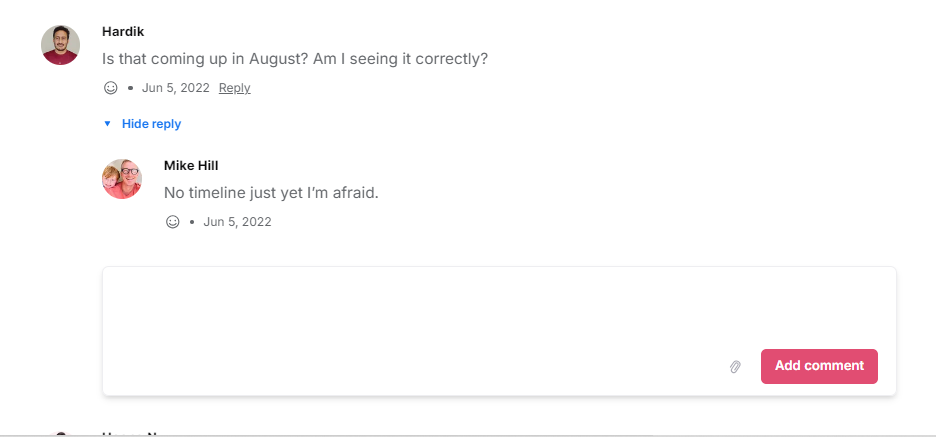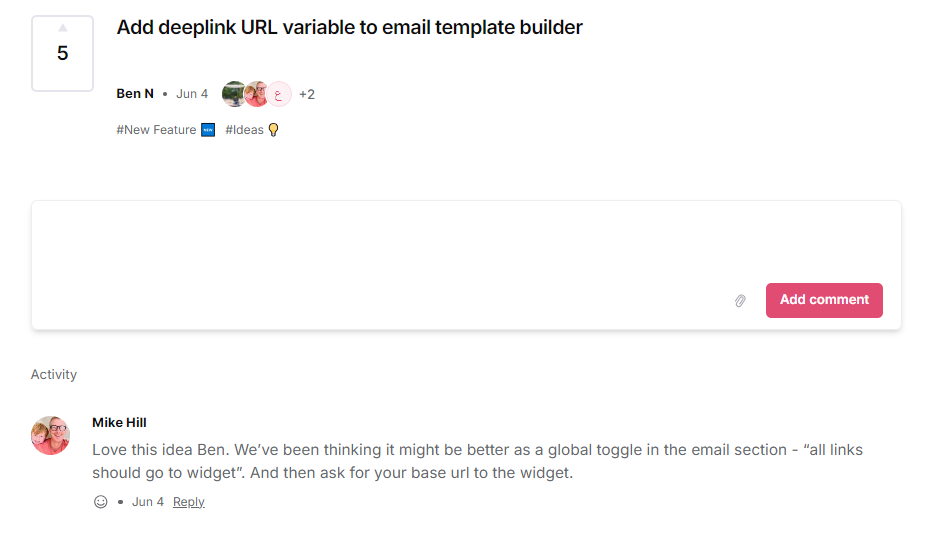How to Say No to Customers and Feature Requests
Last updated on Thu Sep 05 2024
Is it ever easy to say no? Businesses thrive on customer feedback and should listen to requests, but it is impossible to accept every request a customer proposes.
Some requests are impractical, may not fit with your brand’s vision, or may hinder progress. That being said, our customers are important, and they must know that even in our refusals. We may be unable to cater to every user, but we should treat them with dignity.
How does this play out, practically? How do we say no and still maintain a good relationship with our customers? Read on to find out more. Also, check out SaaS customer service strategies for more ways to communicate effectively.
Ways To Say No to Customers
Declining requests skilfully involves knowing how to explain, manage expectations, keep a polite tone, and other methods. Here are 7 tips you can implement today.
Maintain Realistic Expectations
The best way to prevent future disappointments is to work on user’s expectations. As you launch the product or update, clarify that not all requested features can be implemented. While you must state how crucial user feedback is, don’t give high hopes to your users.
If you claim that every (or even a majority of) feature requests will be implemented, you set users for disappointment. So, be realistic from the onset.
There are many ways you can set this expectation. For instance, some brands get users to vote on features–called feature voting tool–allowing for a more collective decision. You can also use clear disclaimers. Simply put, be clear with your users that not all requests can be brought to life.
Be Slow To Respond, Quick To Listen
This can be framed by a simple question: Do you know what the user wants? This approach helps in diffusing conflict and is key in this situation. Before giving any response, seek to understand. Remember, you deal with a variety of people.
Not everyone can clarify their thoughts, and they may miscommunicate. Therefore, ask clarifying questions to get to the heart of what your customer needs. Clarifying questions forces them to be specific about their requests. Who knows? you may find their request plausible after they explain.
As an example of a clarifying question, you could say “Thank you for reaching out! Could you explain further what your need is and how this feature could solve it?” Refer to our customer research surveys for techniques for gathering meaningful insights.
Offer Valid Reasons
When you do decide to say no, go further than a simple response. Customers who make requests do so with intentions. They likely consider the feature an important one. In their shoes, would you like an explanation? If yes, offer them the same courtesy. Do not just say “I’m sorry, we cannot implement this”.
Go further; “we cannot implement this because…” Your users should understand why their request cannot be carried out. Also, sharing valid reasons prevents any grudges. Of course, this presumes that you have a good reason for refuting their requests.
For further reading, consider our guide on how to collect and manage feature requests.
Use a Polite Tone

Some customers may be relentless and even rude. Regardless, maintain a polite tone. Approach each user with understanding, politeness, and depth. Prioritize the relationship with the customer, and avoid making them feel scorned.
Ensure your response isn’t patronizing, condescending, or even downright hostile. Your tone can diffuse what may otherwise be a bitter exchange between you and a user. Ensure your responses are also personal, not generic.
Be Honest

Do not cover your no with false promises and vague statements. People can see through the mist, and it may equally be misleading. Once you are sure a feature cannot be implemented, respond with clarity and honesty.
Better to say “I’m sorry, but this cannot be done” than “We’ll keep it in mind”. The latter can be interpreted differently than you intend. Appreciate their input, but be direct about your refusal.
Give Alternatives to Their Problems

Sometimes, a user may request a feature based on a problem they encounter. Though you are unable to build a feature, understand the validity of their issues. After explaining why you cannot build the feature, offer a viable alternative.
Show care about resolving their issue and enhancing user experience. If you realize they can resolve the problem using an existing feature, point it out. For potential alternatives, see our feature request software tools.
Maintain an Open Mind
Customers are valuable, and so are their options. What seems impractical at first may become beneficial if you maintain an open mind. Before turning down their feature, give it a thought. Ensure that if you do say no, you at least gave it some thought.
Sometimes, be willing to compromise, especially if it’s important for multiple users. Yes, the product is yours, but many users genuinely want to help.
Also, assure them that you are always eager to gain more feedback, even if their initial feedback is not feasible.
What if the Customer Is Rude?
The internet is a crazy place, and trolls exist everywhere. To deal with rude customers, ensure you overcome their hostility with good-natured responses.
Here are some tips:
Maintain a professional stance, keeping composure in your response.
Empathize with them. Underneath the hostility, they may have genuine concerns.
Take responsibility for any failures, and act to fix the bug.
Remain positive.
In Summary
It's alright to say no to customer feature requests, as not all will align with your vision. But don't make your customers feel ignored or unvalued. Stay kind, and transparent, and provide the real reasons for your refusal.
Consider your customers as partners in your production process, not strangers imposing. A kind approach ensures clarity and respect, encouraging users to continue providing feedback in the future. We reiterate also thinking through their requests before refuting. Contemplate “yes” before shifting to “no”.
The aim remains to put your customers first, even in denial. For best practices, you might also want to look at our product feedback form templates and examples.